February is for me always the time when the garden starts to come alive again and we see snow drops , daffodils , crocuses and new growth opening on trees and shrubs and is also the time when hard pruning needs to kick in . We are now back in control of the willows and dogwoods after a really hard pruning that we started two years ago , one that was urgently required as I had let things get out of hand over the past ten years as I really liked the growth but finally came to realise it had gone too far and now I am a born again pruner aided and abetted by my fellow gardener here who goes at it with ferocious zeal !
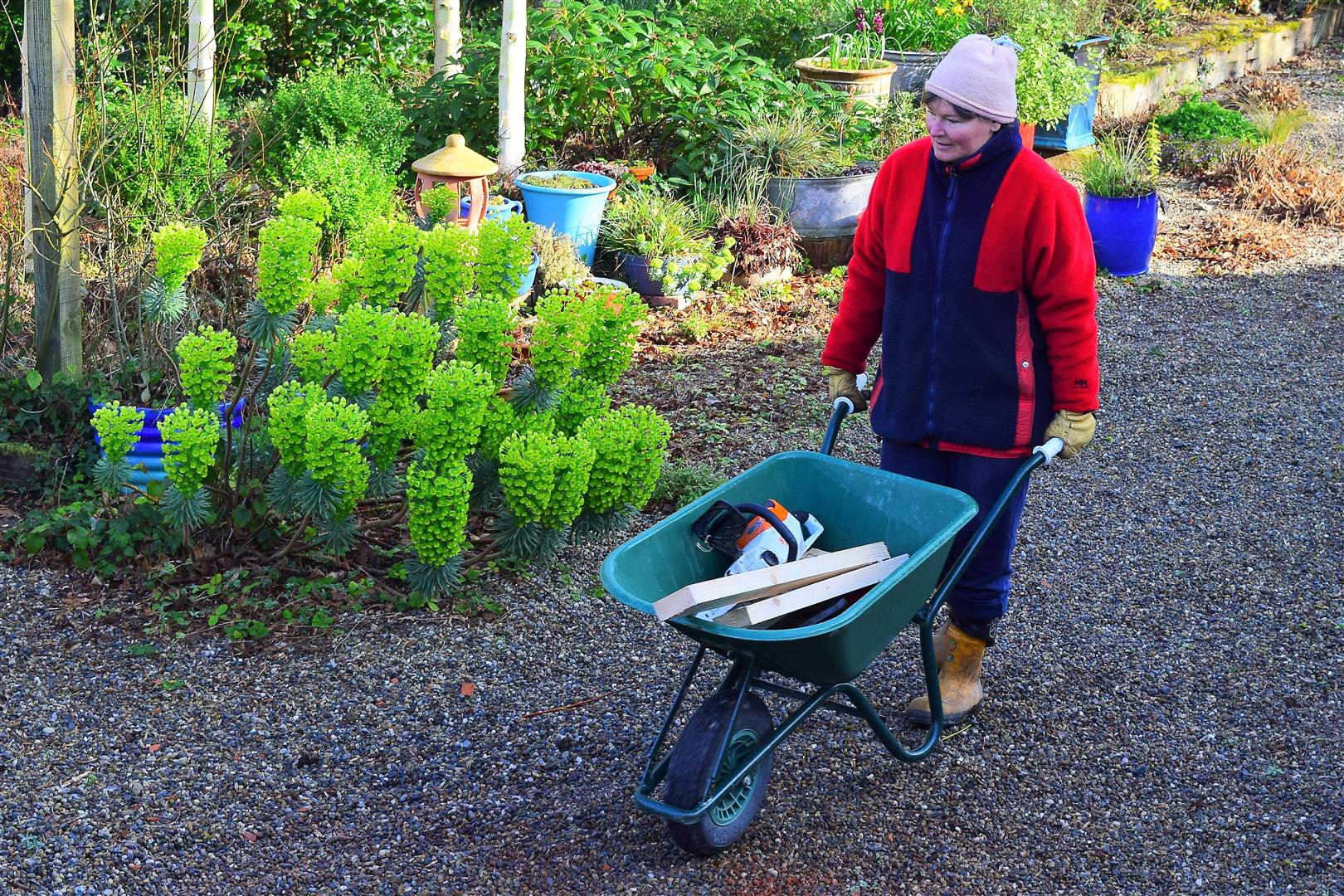
Snezana heading down the garden , February 21st 2019
On the subject of pruning I wrote last month about Eleagnus and the need for regular cutting out of any shoots that have reverted to green from the variegated versions such as the common eleagnus agustifolia in the photo taken a few days ago as this variety is the fastest growing eleagnus and if you are not properly pruning out the green shoots they quickly take over the entire shrub . Not a major issue either as even the green eleagnus is a lovely shrub with lustrous shiny leaves but it is impossible to keep the shrub from growing off in every direction but the shape or structure you want and this example in the garden because I cut it back severely at the front to keep the variegation in the leaf it totally grew out of control on the other side almost blocking the pathway as if to say you are not the boss of me !
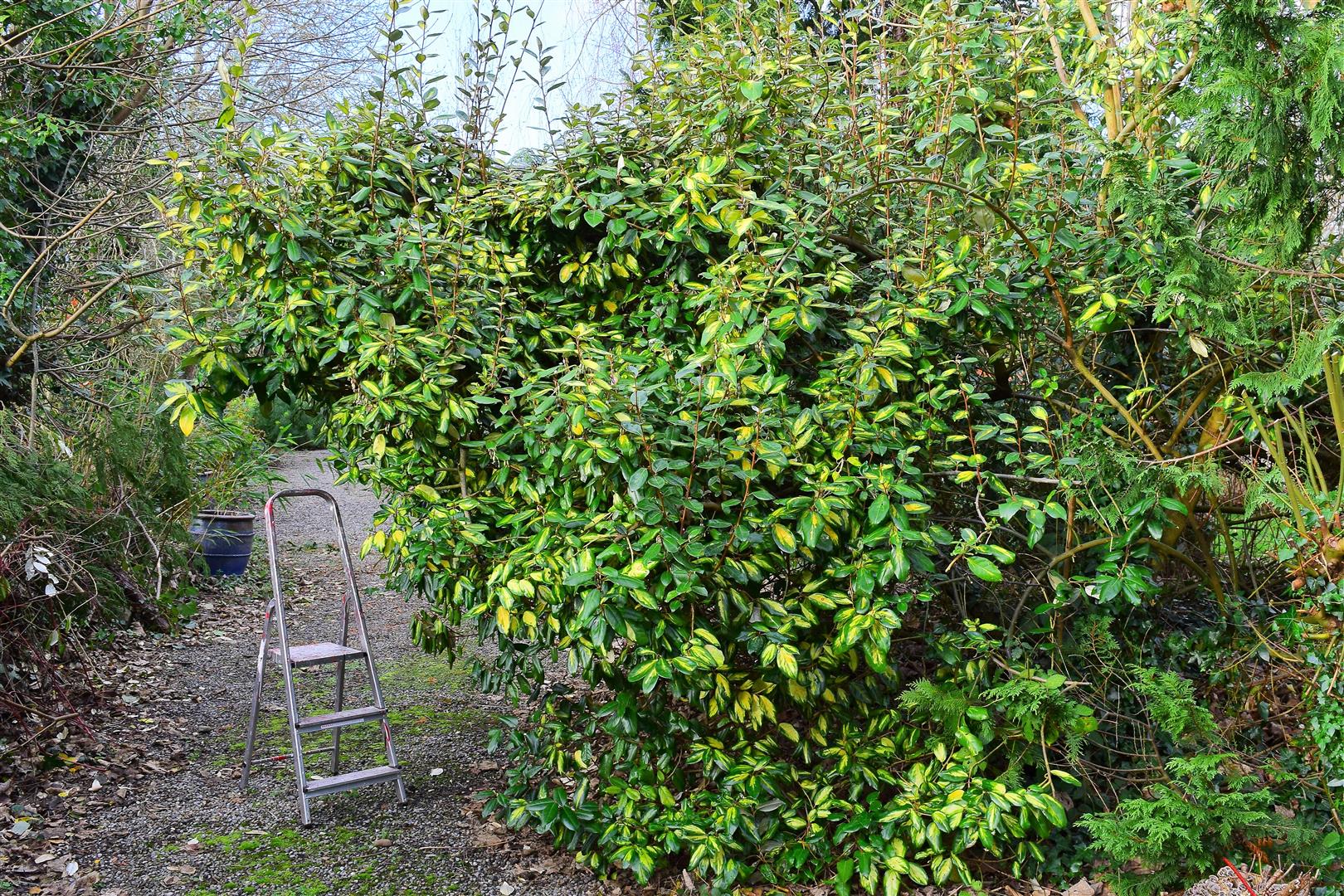
Eleagnus augustofolia , Front Garden , February 8th 2019
Sambucus niger , the black elder shrub or small tree depending on how you prune , is another terrific plant , a great addition to any garden and we grow two varieties here , niger and black tower and while both have the same beautiful blue cut lace leaves and small flowers in June , black tower grows in a columnar fashion straight up while niger sprawls in several directions . I prune both hard each February back to a bud on each strong branch and cut out the weak branches rigorously which can be a hard decision as the plant in the first few years is a frail little thing that you are willing to grow as big as possible but this is where you apply the rule you need to be cruel to be kind and after three years you will be rewarded with a strong growing shrub with a great structure . Sambucus like the common elder grows best in reasonable soil , not excessively wet though and it does better in light shade , it won’t slip as a cutting so propagation is from seed which the common elder is great at self seeding through birds and is a bit of a pest while the black varieties don’t come true so you have to rely on the commercial breeders . Not an easy plant in my experience and for every black elder that thrives here three more just barely survive but well worth the effort and the sambucus that thrives is a stand out shrub from May through to September and I wouldn’t be without it .
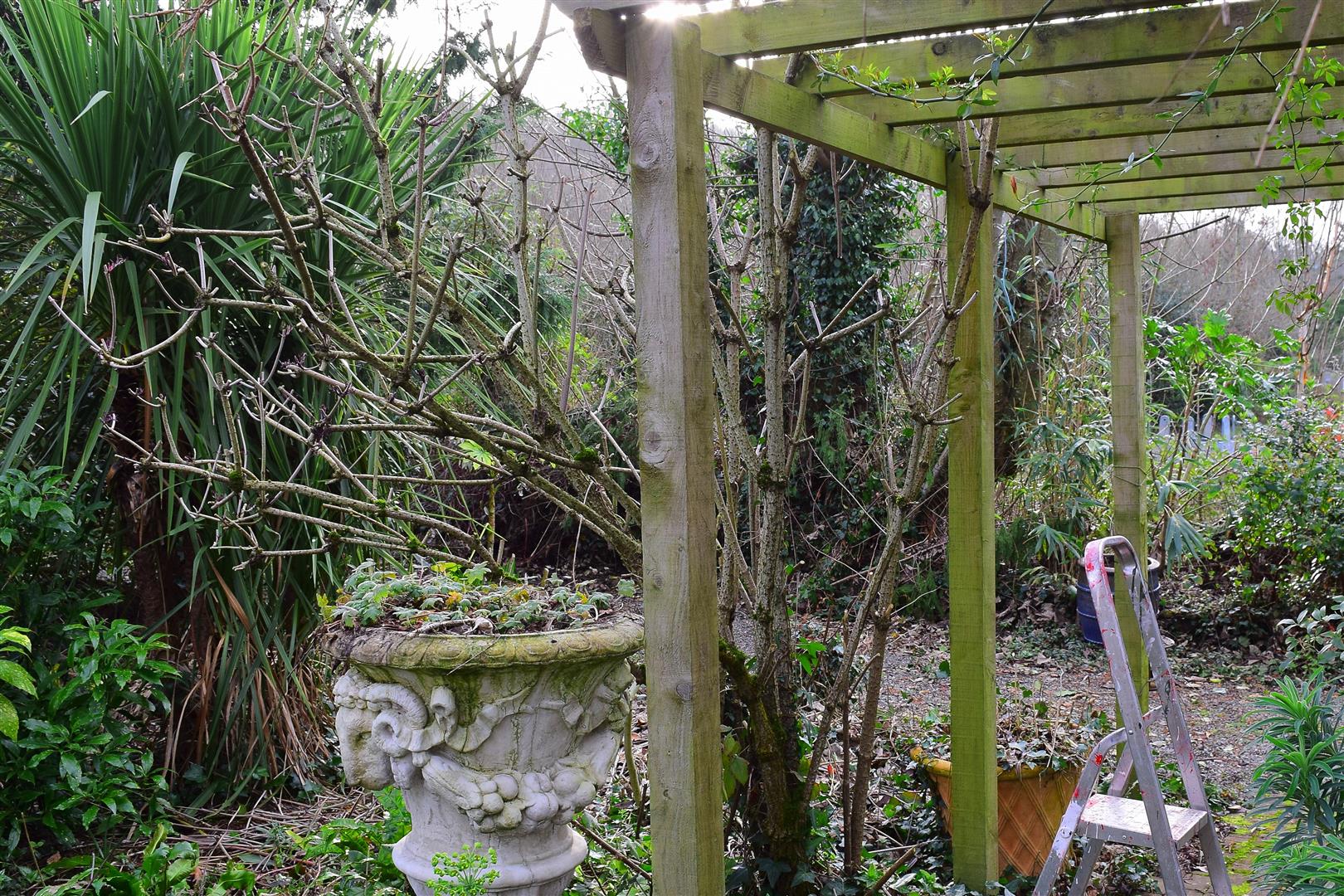
Pruning Sambucus niger , Front Garden 10th February 2019
And just to remind ourselves how good Sambucus niger is in full bloom in Summer and how well it responds to an annual hard pruning
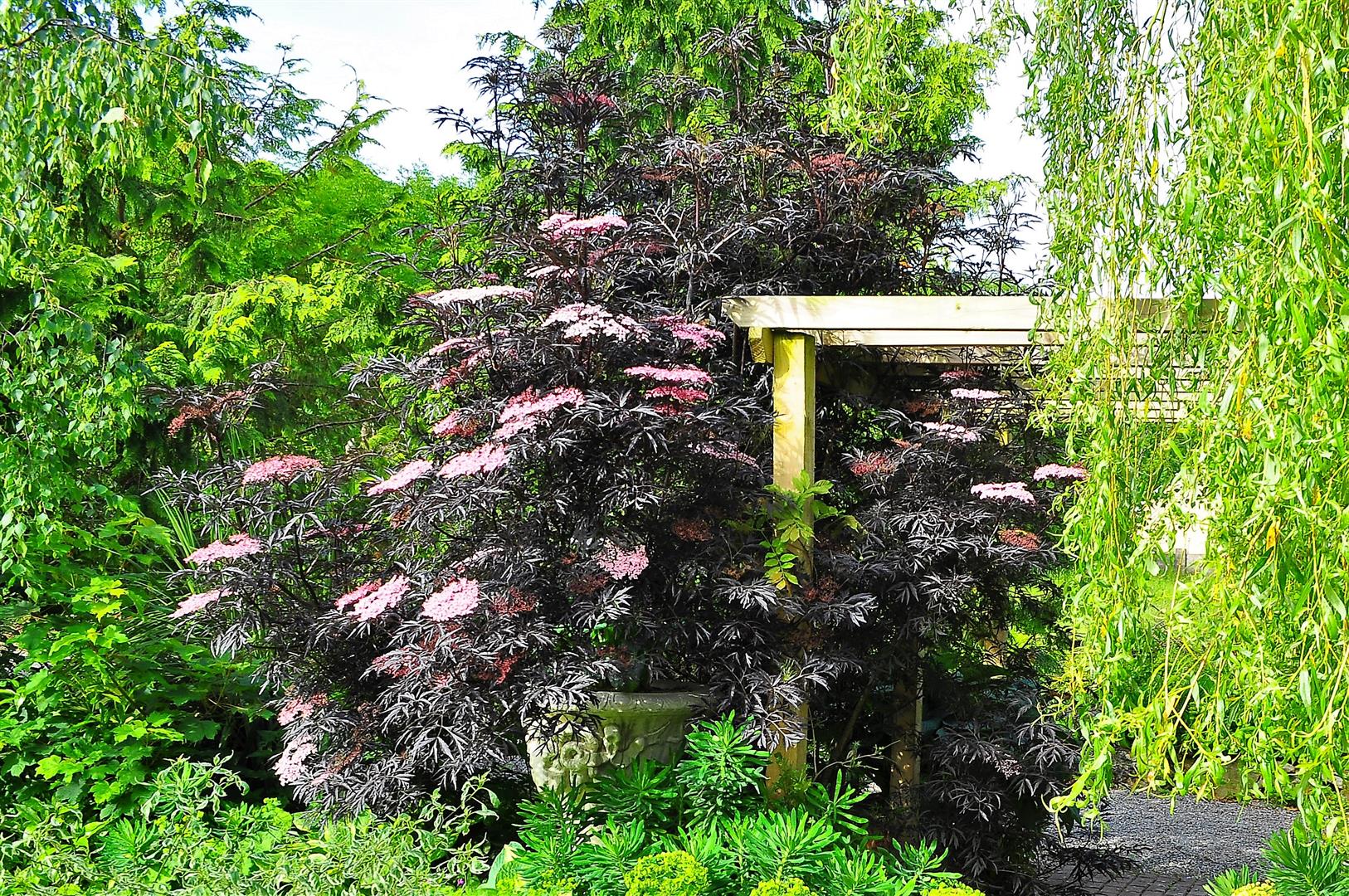
Sambucus niger , Front Garden , June 16th 2015
Eucalyptus is another tree that responds well to hard pruning , I have planted a lot of eucalyptus here over the years and in the first few years let them grow away to their heart’s content as both the soil and the area suited them with the result that we have quite a few monsters and in the process discovered that they are quite brittle trees and can blow over easily in high wind and as they are quite shallow rooted our wet soil means that they have little holding power so nowadays I prune euculayptus hard after three to four years growth initially and then on a yearly basis and this pruning regime does two things in that it keeps the tree in check but also creates young juvenile leaf growth on a regular basis which is nicer than the mature leaf which can look fairly drab .
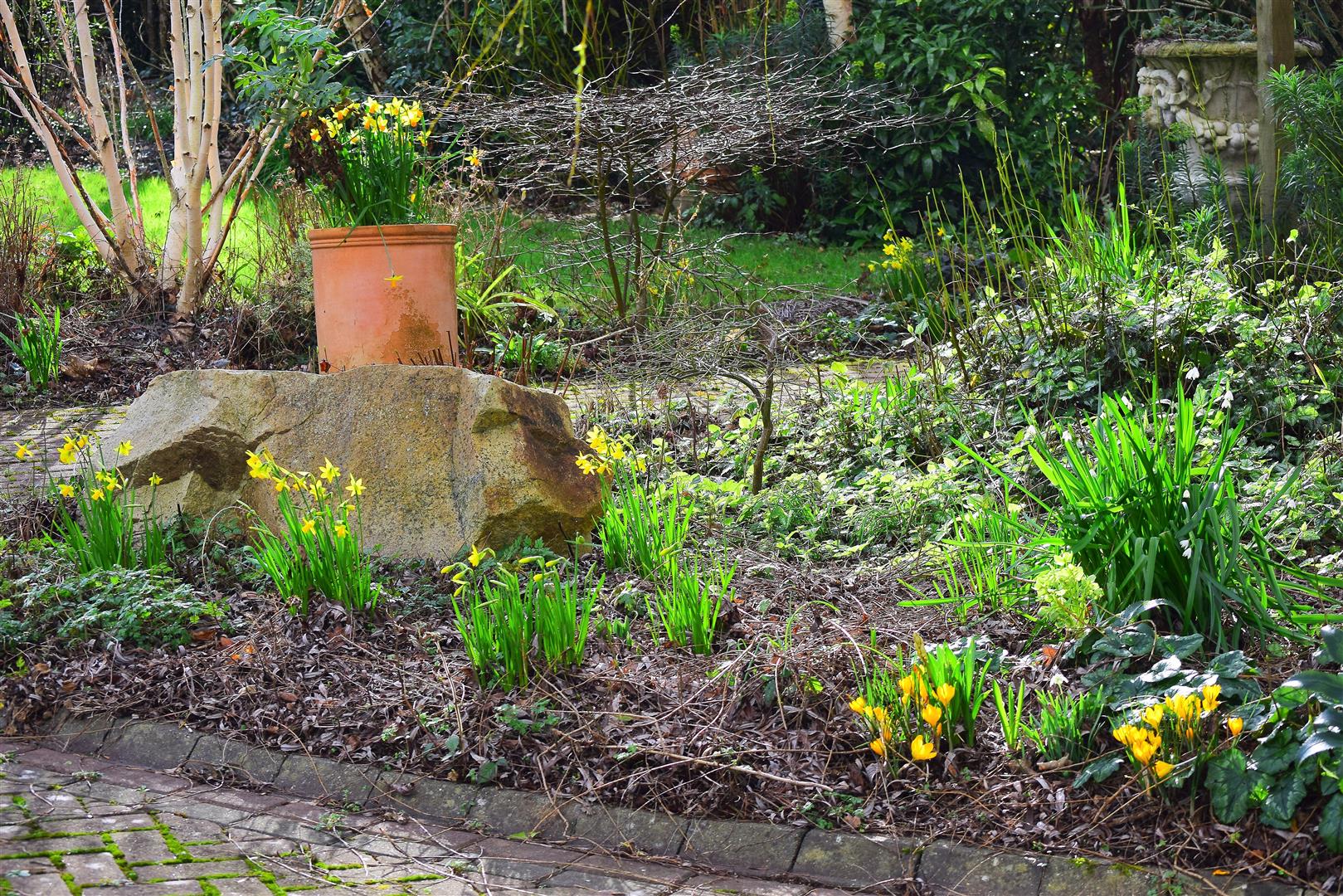
Spring bulb time in the Front Garden , February 10th 2019
February is the month of the snowdrop where a type of lunar madness grips Irish and UK gardeners and sends them driving long distances to former great estates and gardens to see snowdrops growing in huge swathes of grass , Galanthus is the latin name for snowdrop and galantophiles is the name of these mad snowdrop enthusiasts ! Personally while I do like to have clumps of snowdrops in the garden and try every year to increase them by regular divisions of existing clumps , I am not obsessed by them and much prefer miniature daffodils and crocus … incidentally if you want to increase your stock of snowdrops now is the right time to do it by digging up and dividing a few clumps , division in the green is the term used and is the most reliable method to propagate snowdrops and while I use this mostly I do buy and add a few dozen bulbs each August / September .
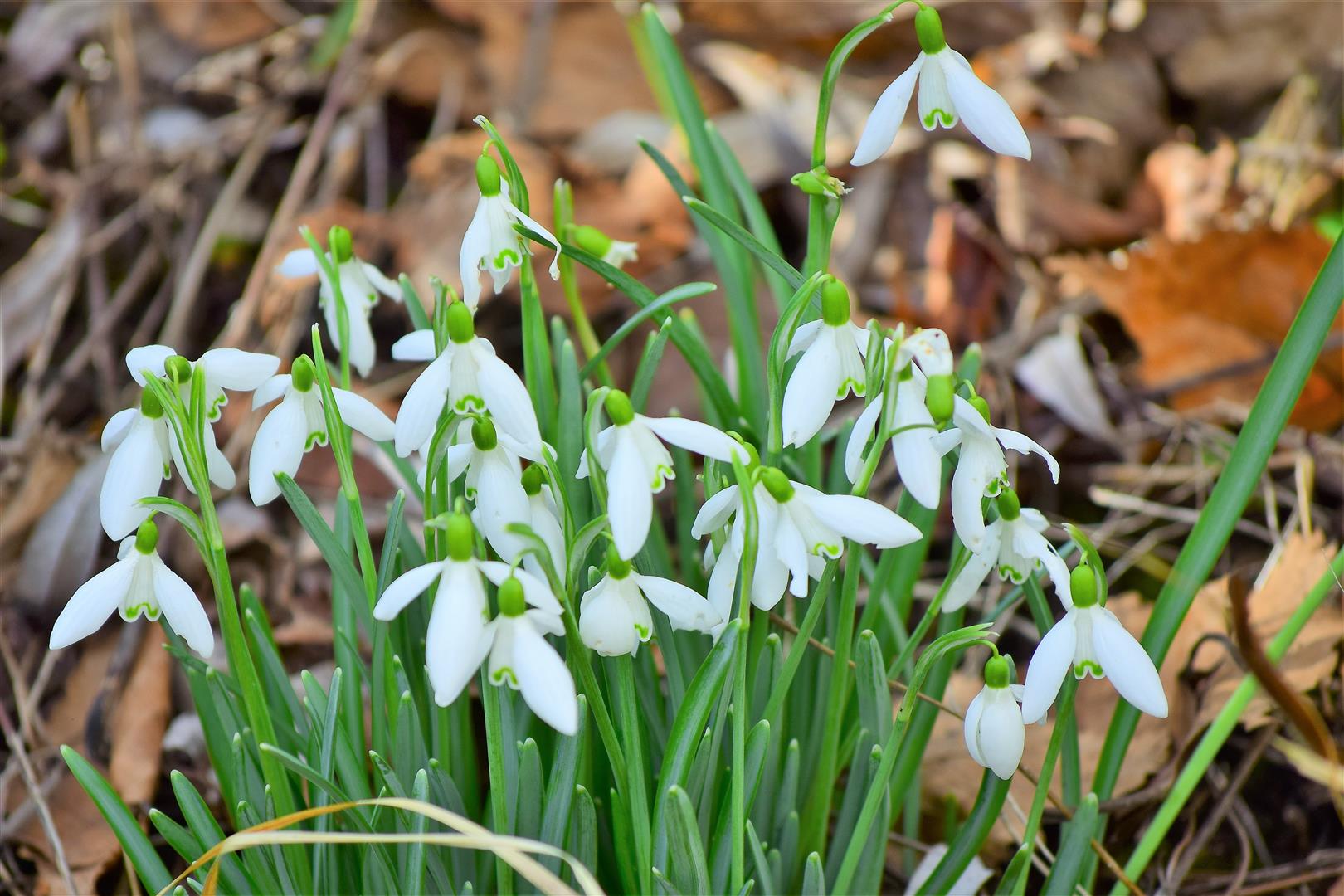
Snowdrops in the Rock Garden , February 8th 2019
Back in October we planted some dwarf daffodil bulbs , variety tete a tete , fifteen clumps along an area where there was nothing else planted and this February we saw the result in a lovely line of flowers and when the flowers die back I have also planted ground cover gereaniums between each planting hole which will conceal the dying foliage … the thing with bulbs is they take next years growth from the dying foliage so you need to leave it at minimum eight weeks before removing or cutting back which is a problem if you have planted in a lawn as you can’t cut the grass for this dying back period and it looks annoyingly untidy … the secret is only plant bulbs in or around trees and shrubs that lose their leaves in winter so that their new growth will cover up the daffs and tulips that are messy after flowering and in my view it is also a good idea to leave off planting bulbs until you have most of your garden planted with whatever trees or shrubs you intend using as planting holes dug now may take over a prime spot for a shrub later on and there is nothing more annoying as when you feel that crunch as the spade goes through a big clump of bulbs because invariably we forget where we put them originally … been there done that too so now only in established areas I will not be using for a shrub !

Planting daffodil bulbs in October 14th 2018 , Back Garden
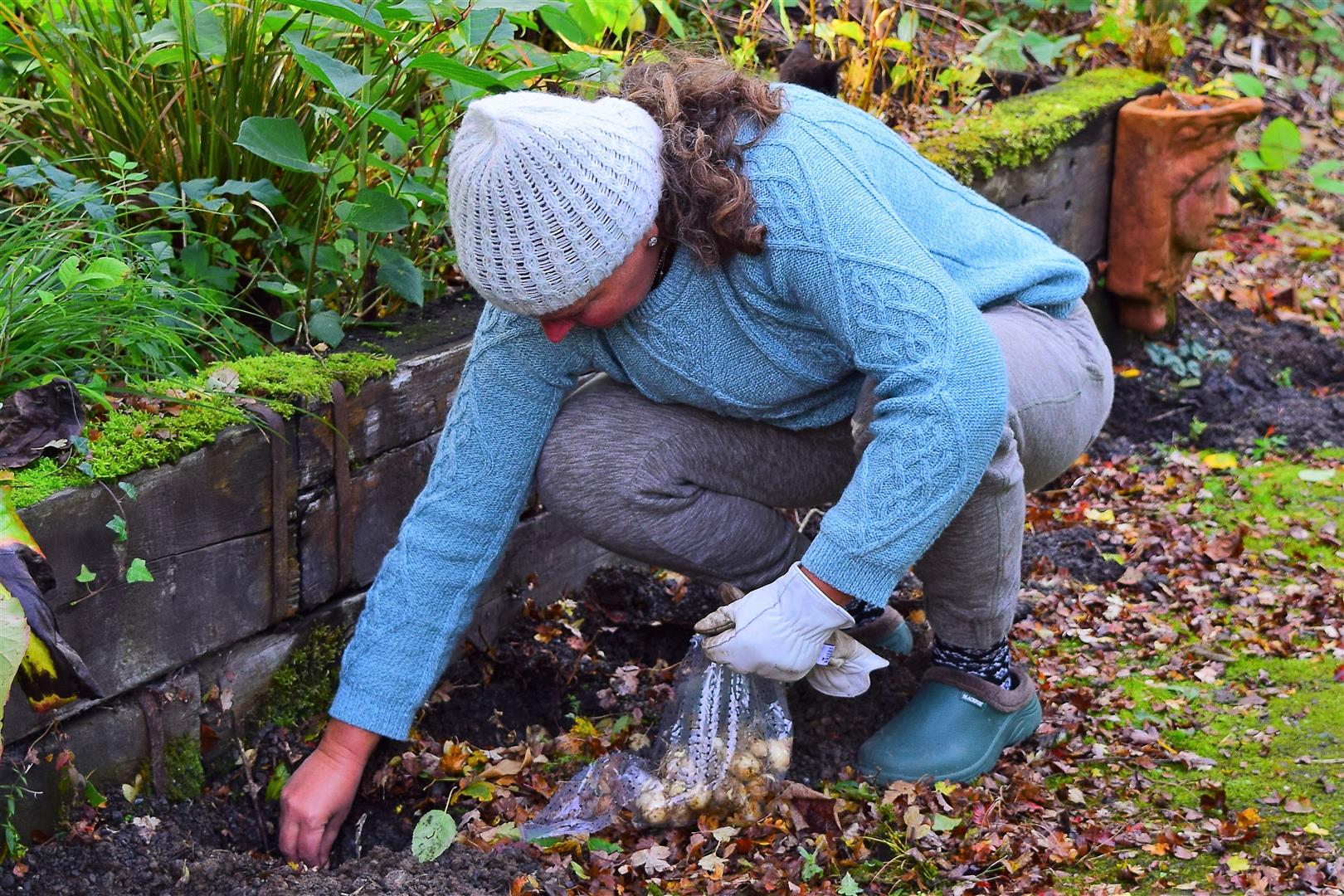
Daffodil tete a tete planting October 14th 2018 , Back Garden
And the result five months later
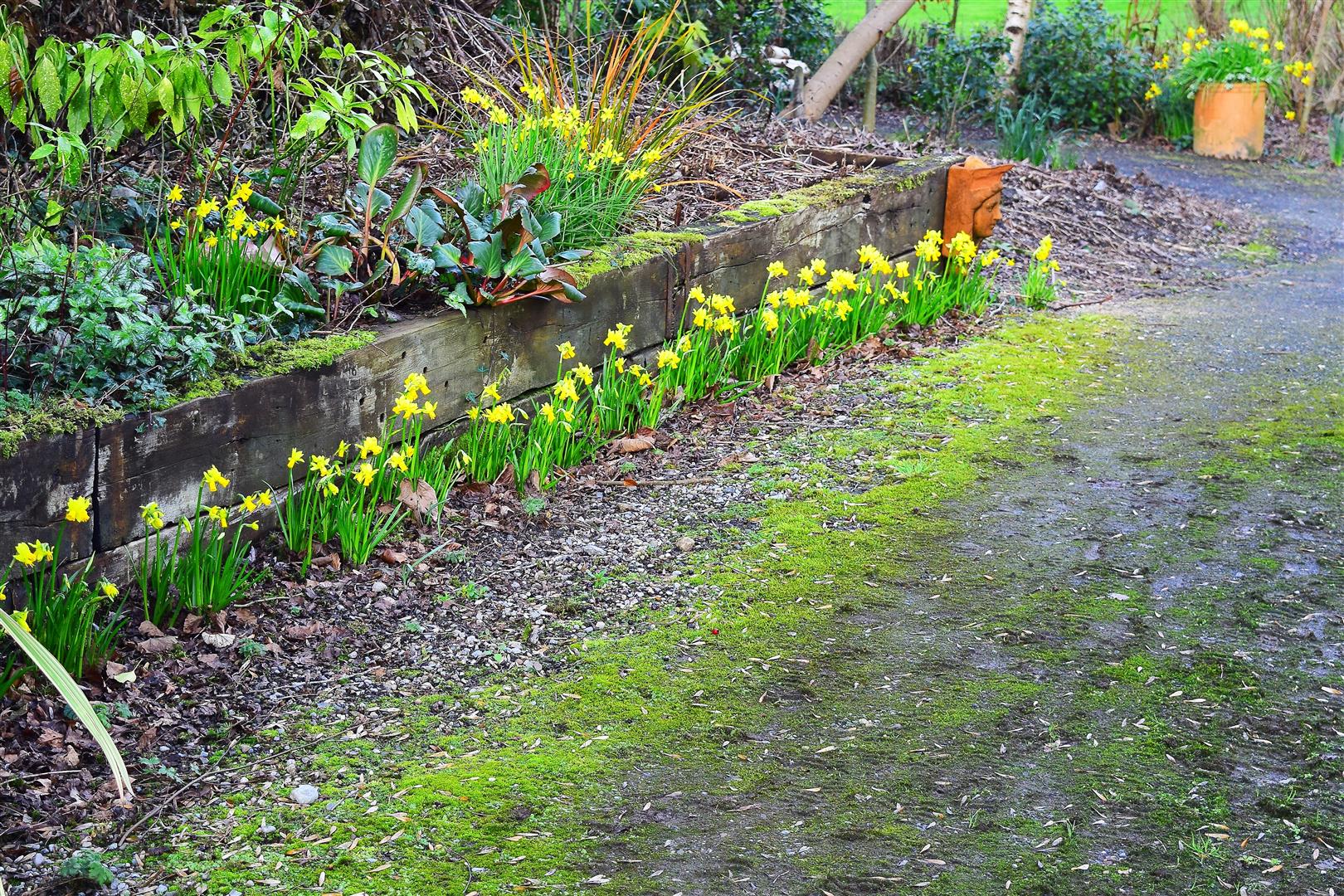
Back Garden February 11th 2019
Snezana loves collecting and potting up self seeded plants which I then place out in the garden depending on soil requirements and some she gives away as Petrovaska Garden plants and while most of them are your common as muck type plants such as euphorbia and alchemis molis some of them are quite rare and hard to come by in the garden centres such as the summer flowering pampas grass , Christophe also known as ricardii which we have all over the garden and is one of my personal favourite plants with great architectural plumes and leaves , a wow plant in a sunny open location … February , March are the best months for planting out these self seeded plants which have been growing on in pots for over 10 months .

Labelling Snezana’s plant gifts
February 2019 photos from the garden
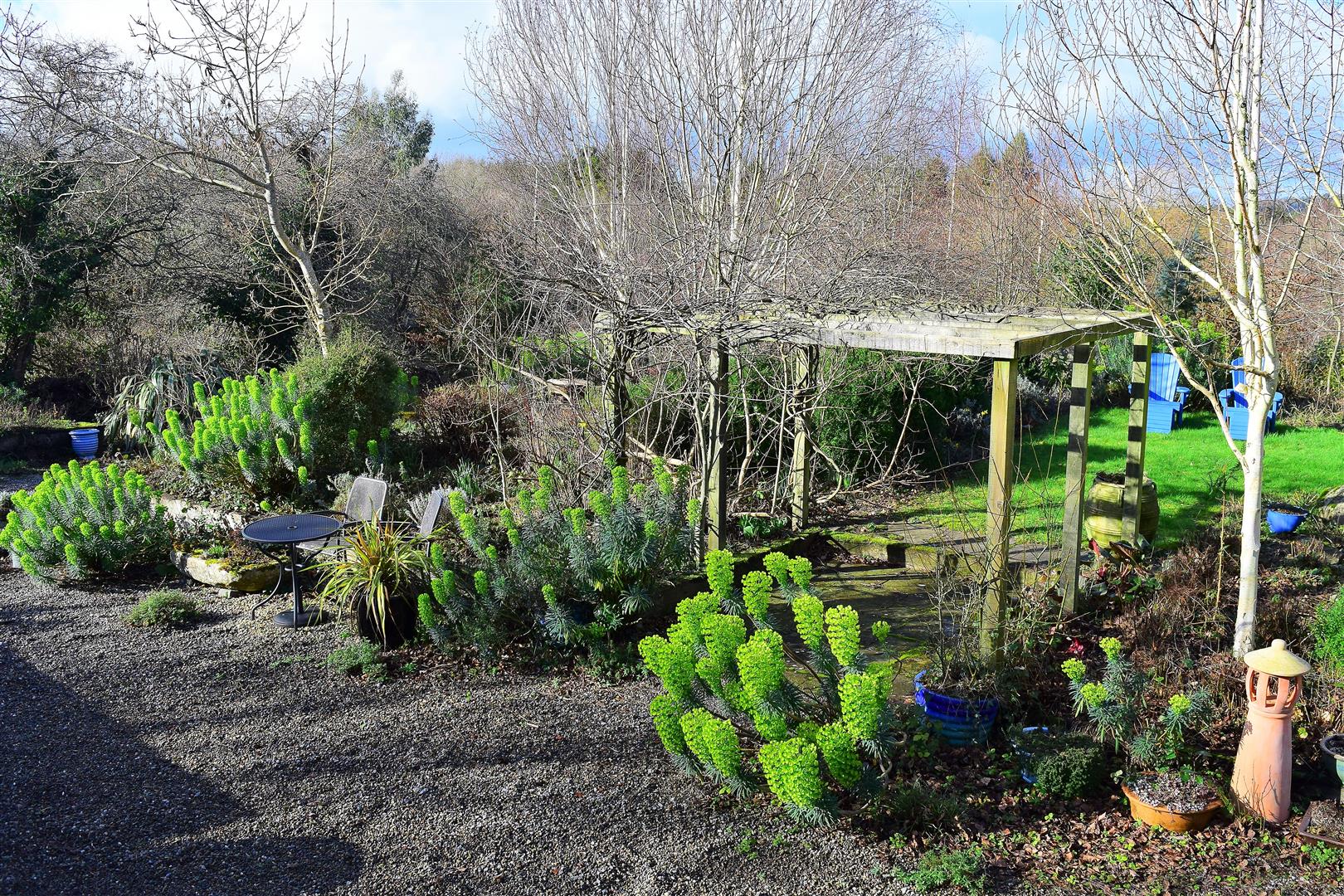
The Back Garden , February 20th 2019
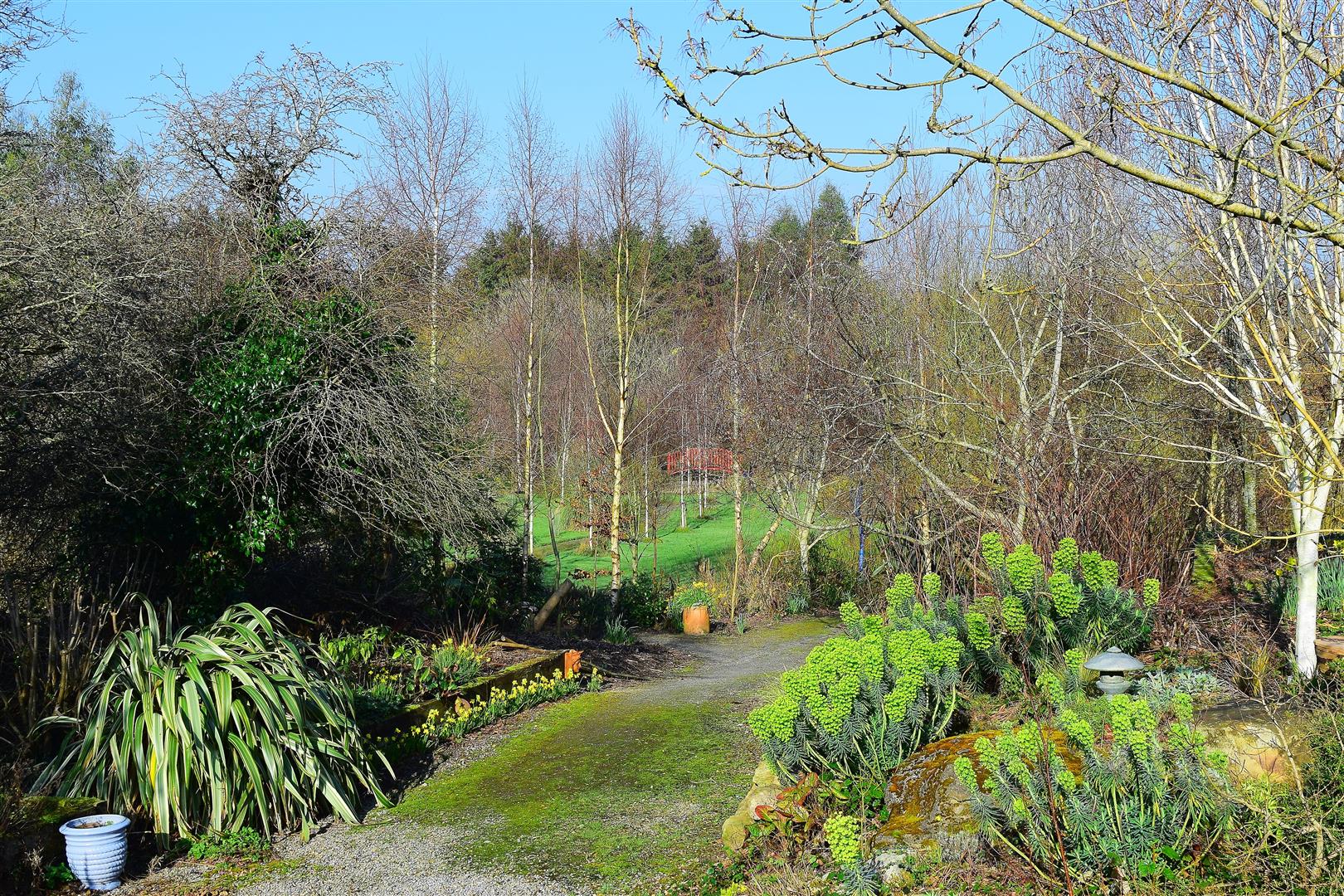
Lower Garden February 20th 2019
About this time each year Monty Don makes a garden documentary for the BBC outside of his Gardener’s World series that runs on a weekly basis from March to October , last year it was Paradise Gardens which dealt with Moghul dynasty gardens in India and Afghanistan and this February it focussed on Japanese Gardens . Paradise Gardens was a dour affair , a bit of a disappointment truth be told from one of my favourite TV gardeners so I was looking forward to the Japan theme bringing Monty back on form . Overall not great , covering two visits to Japan last year , in Spring and then in November , plenty of flowering cherries etc. but because of the language barrier Monty had to work through interpreters generally and he again this year didn’t seem hugely enthused with the static nature of Japanese gardening style which was a pity as on his day he is a marvellous communicator but Monty like myself is an unashamed lover of lush luxuriant and sometimes uncontrollable growth that you can stroll through and be tactile with and of course this is abhorrent to Japanese gardeners who in the main create pictures and vistas to be viewed from a distance from specially built viewing points or small pavillions .
I have visited quite a few Japanese gardens both here and in the UK and none of them are more than just a series of nice views although the one at Powerscourt in Co. Wicklow has a lovely feel to it and is a Japanese themed garden I enjoyed very much however I feel that only Japanese gardeners can design and maintain a Japanese garden and give it soul but Monty’s programme did illustrate how meticulous a Japanese garden is and how time consuming a job it is to maintain and in one of the gardens he visited it takes 65 gardeners working full time over a month to leaf prune one ancient pine tree and one phrase stood out for me when one japanese designer said that it was not important how the garden looked but more how the garden spoke to you .
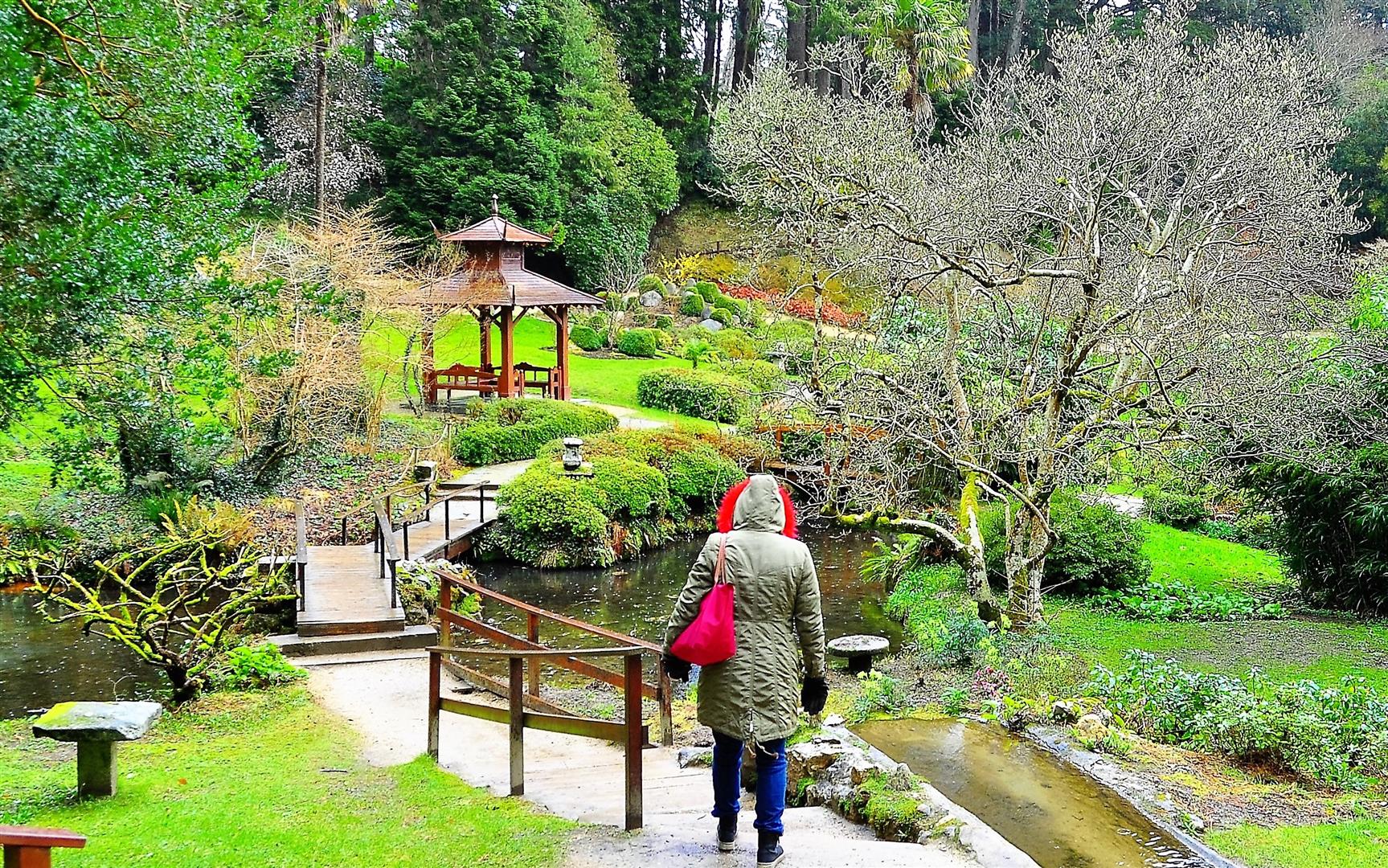
Visiting the Japanese Garden at Powerscourt , Co. Wicklow , March 2016
Japanese follow Shinto religious beliefs where rocks , trees or other inanimate objects have spirits so rocks placed in their gardens are specially chosen for shape , size and are positioned with equal care and precision which are the driving forces of Japanese garden design and non japanese garden creators miss this raison d’etre with the result that Japanese gardens built outside of Japan while very beautiful are not nor can they ever be authentic .
One thing I really love about Japanese gardening style is their stone ornaments but it is difficult to source the genuine article here and the ones I have seen on sale in the garden centres are cheap and garish red looking resin type … still we always have the Japanese knotweed !
I took this photo in the back garden a few years ago from our balcony at 7 am one morning and our deer garden visitor seems intrigued by our Japanese stone lamp !
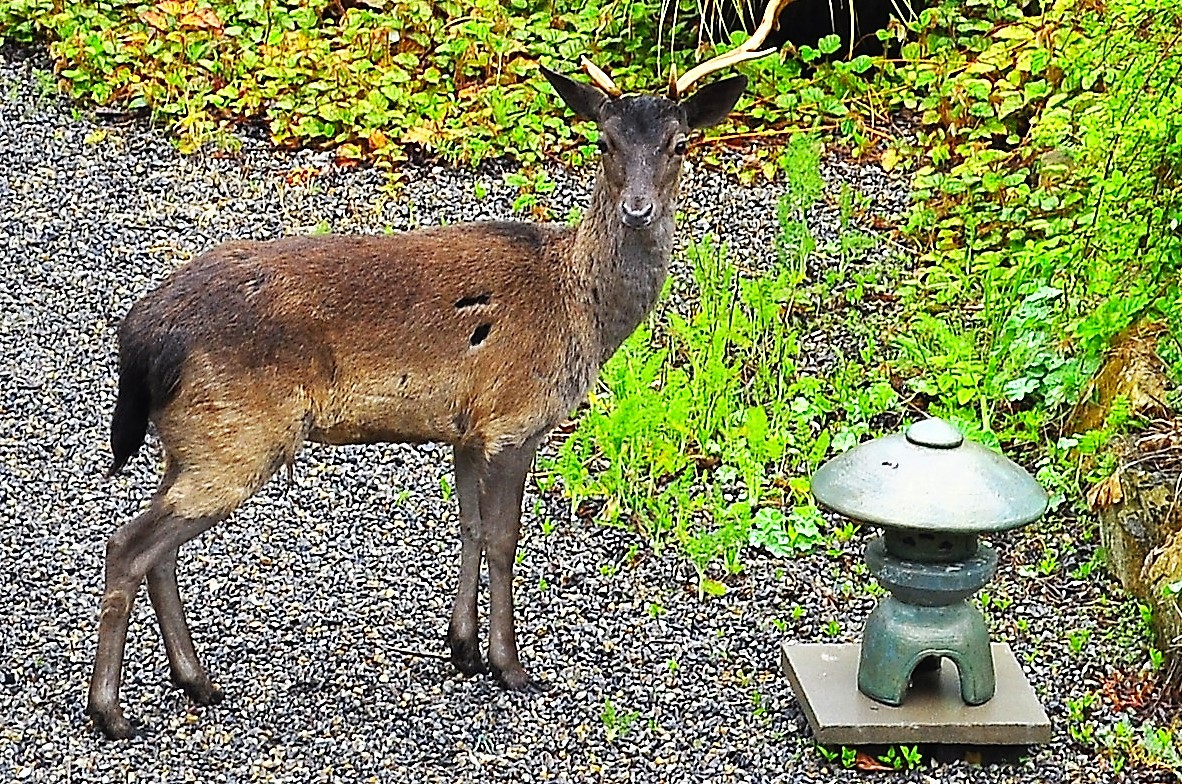
A garden visitor admires our japanese stone lamp , Back Garden May 2015
And lest we forget the Beast from the East this day last February !
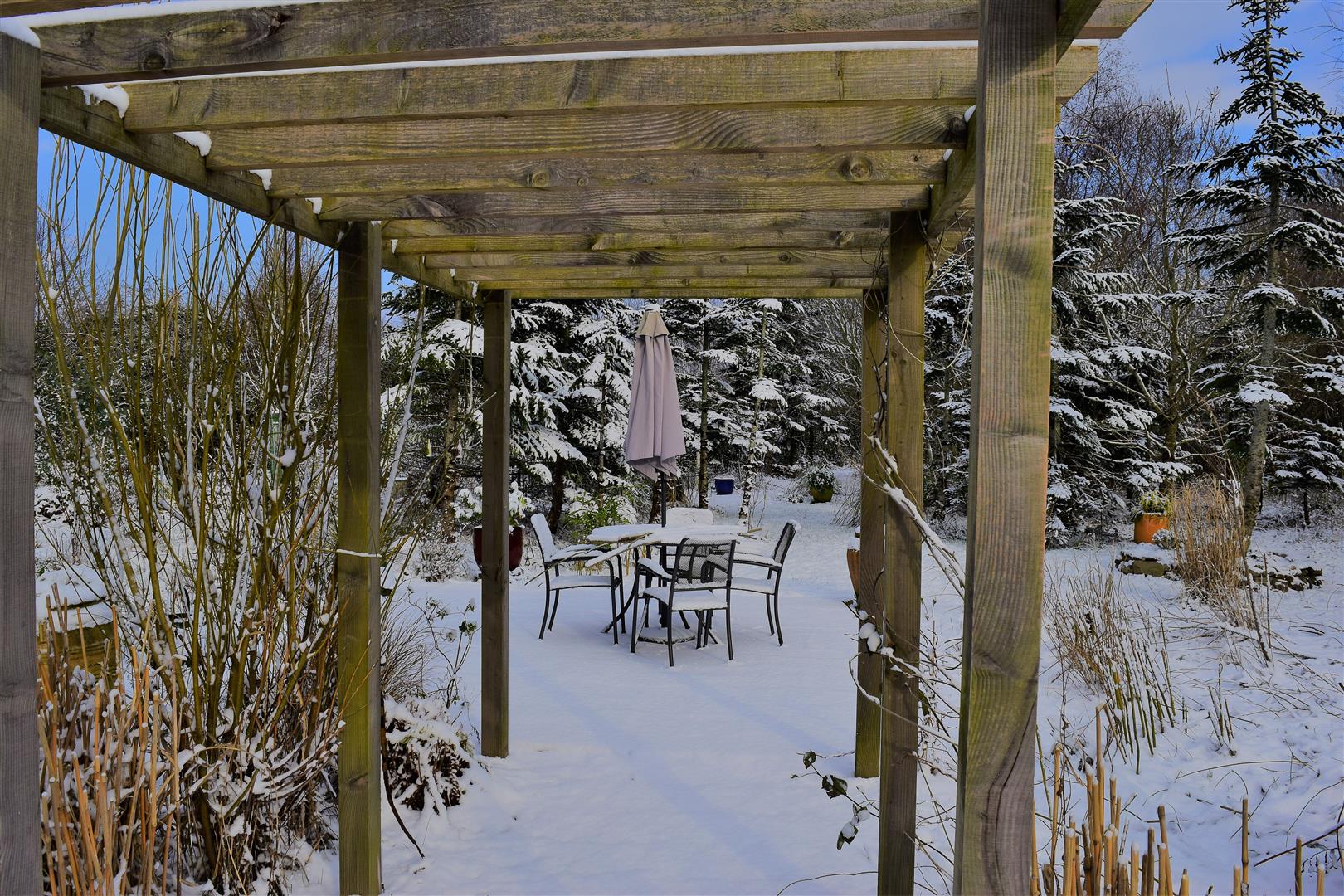
March 1st 2018 , Lower Garden
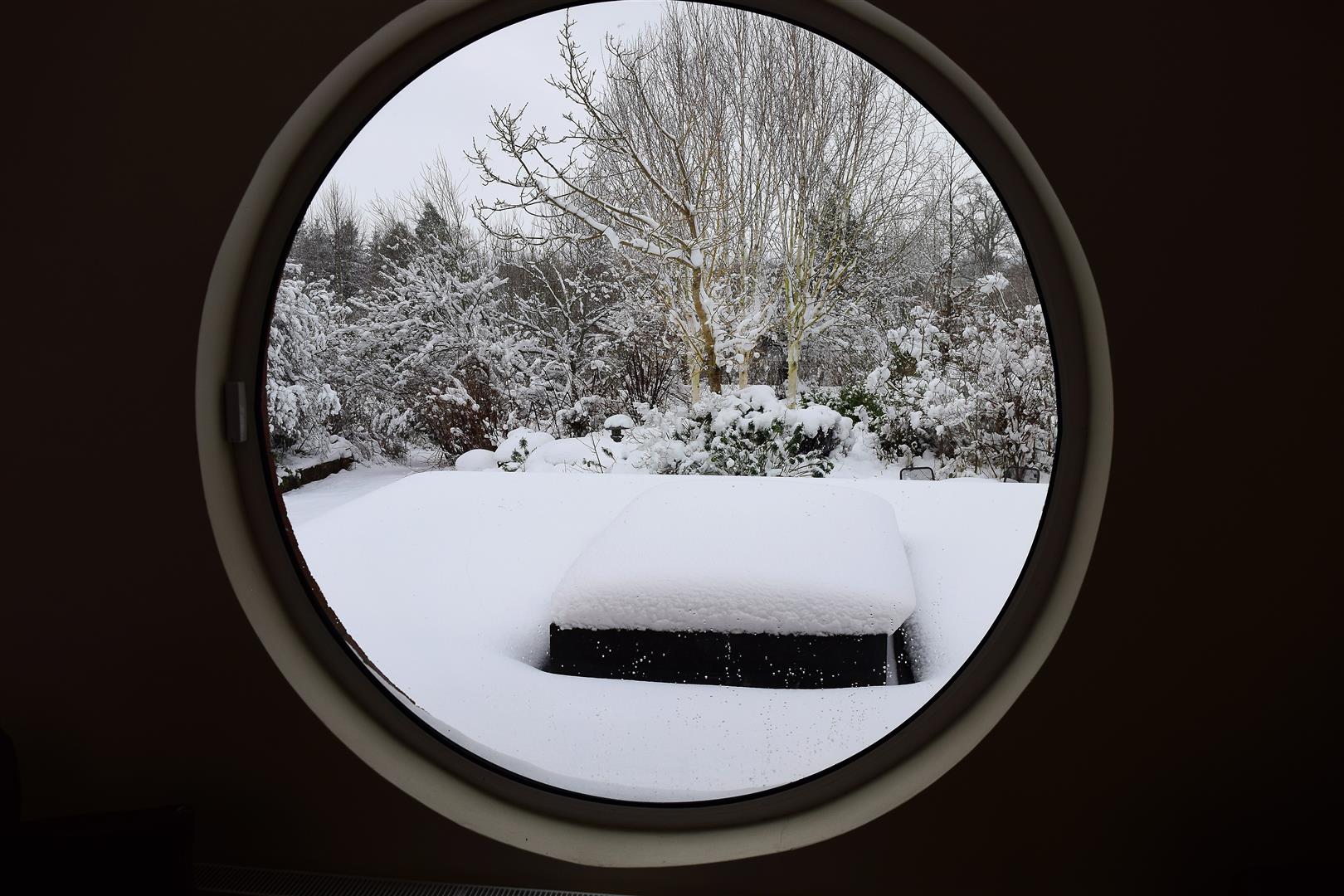
March 1st 2018


Leave a Reply